3D printing has emerged as a transformative tool, revolutionizing how we approach building projects as well as how students analyze and interact with technology. Navigating the realm of 3D printers for educational purposes can be daunting because of how fast this technology is evolving. In addition, the abundance of manufacturers can make it hard to pinpoint the most appropriate printer for your precise educational needs.
This complete guide will help you to navigate critical aspects related to selecting suitable 3D printers for educational settings.
Table of Contents
What are 3D printers?
Overview of the global 3D printer market
Main types of 3D printing
How to buy the best 3D printers for education
Summary
What are 3D printers?
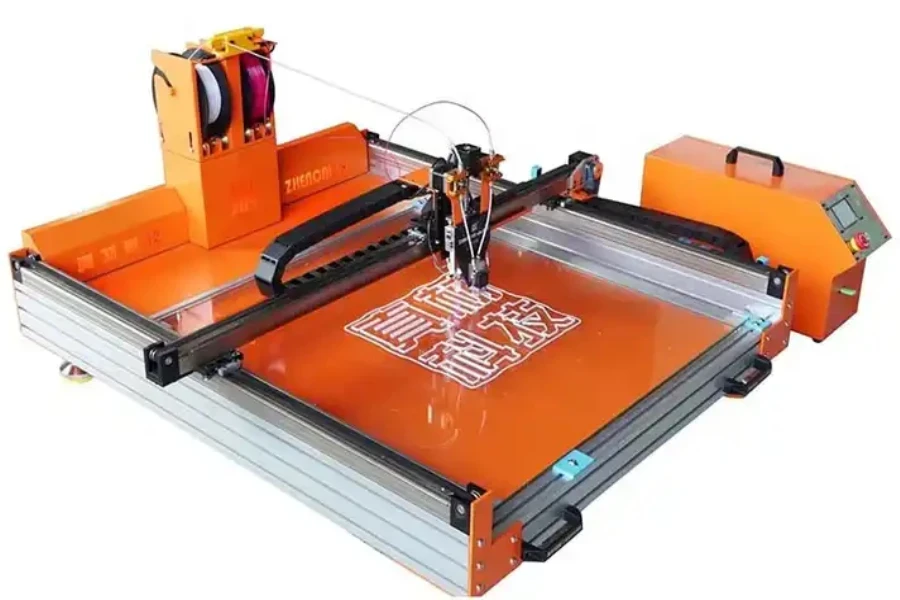
3D printers are innovative devices that construct three-dimensional objects following a digital design or version. They function on the principle of additive production, which involves digitally slicing a 3D model before reconstructing it layer by layer using materials such as plastic, resin, metallic, or other substrates.
This additive approach allows for complicated designs to be recreated in the material world with precision, making 3D printers extremely versatile and useful across a diverse range of industries, including education.
Overview of the global 3D printer market
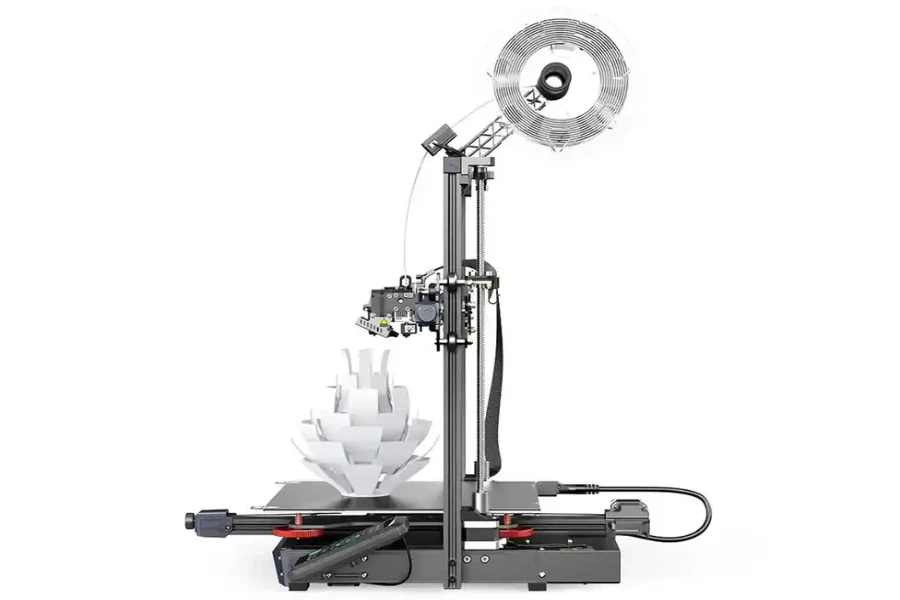
According to Fortune Business Insights, the worldwide 3D printing market was valued at US $22.40 billion in 2023 and is expected to grow to US $105.99 billion by 2030, at a CAGR of 24.9%.
The call for 3D printers has been fueled by several factors, including innovation in the automotive, healthcare, aerospace, and education industries. These industries have embraced 3D printing for its ability to streamline prototyping, customization, and manufacturing procedures. The technology’s versatility in creating problematic designs, lowering fabric waste, and facilitating on-demand manufacturing has also contributed to its high demand around the world.
Main types of 3D printing
1. Stereolithography (SLA)
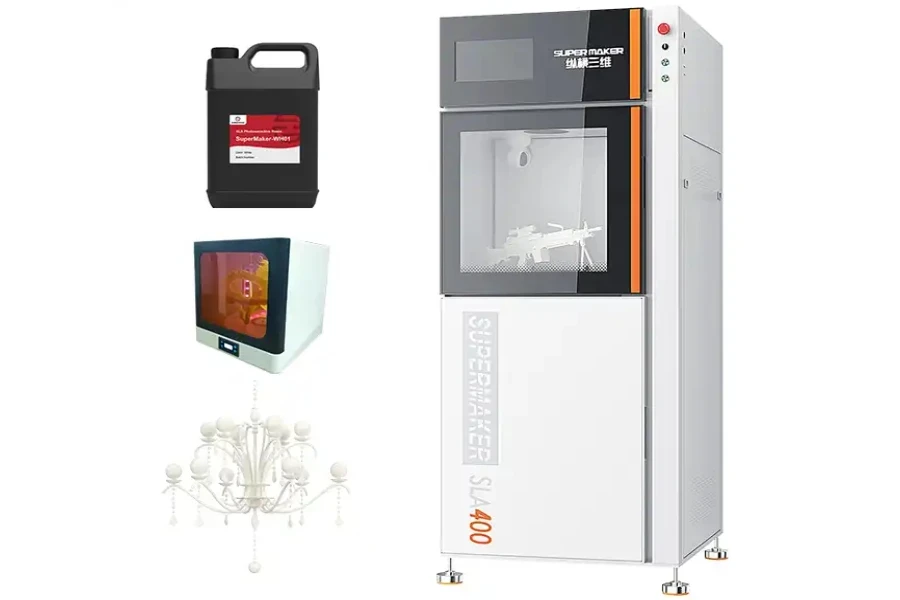
SLA technology uses a UV laser to solidify the liquid resin, yielding high-resolution objects appropriate for use across various industries. However, SLA 3D printers are particularly valued in the engineering and dentistry industries for their ability to create objects with intricate details. With printing speeds averaging 20 to 80mm per hour, SLA stands out for its smooth operating speed. However, its restricted material options and cleaning and curing means that it might not be the most appropriate method for all requirements.
2. Selective laser sintering (SLS)
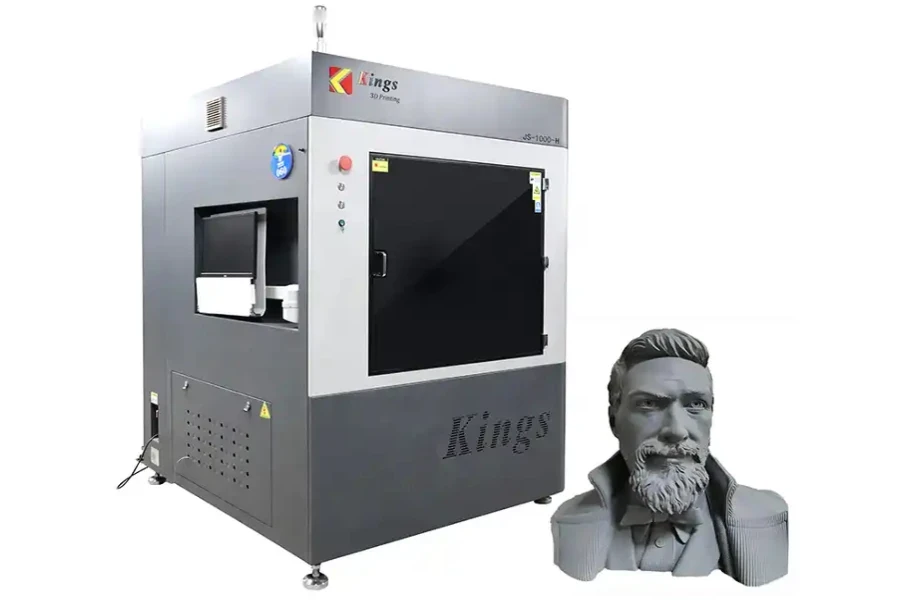
SLS technology employs a laser to fuse powdered substances, making it popular in manufacturing and machinery parts production. While it is able to deliver sturdy and complex prints, SLS 3D printers operate at slower speeds, averaging 10 to 20mm an hour. Despite its high device price, SLS sticks out for its extensive cloth alternatives and ability to create robust elements.
3. Fused deposition modeling (FDM)
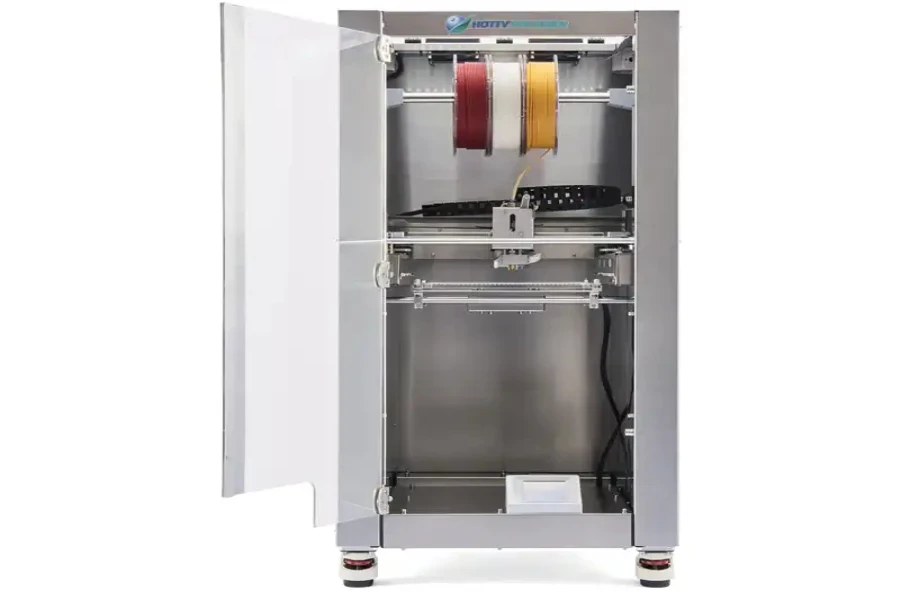
FDM technology melts thermoplastic filaments that are ejected via a nozzle, making it a simpler, more accessible, and lower-priced printing method. It is mainly used in the education and prototyping industries. The printer can create objects of decent strength at variable speeds averaging 40-150mm per hour. FDM 3D printers tend to produce lower resolution prints with seen layer strains. Despite these drawbacks, it boasts huge fabric alternatives and ease of use.
How to buy the best 3D printers for education
1. Cost
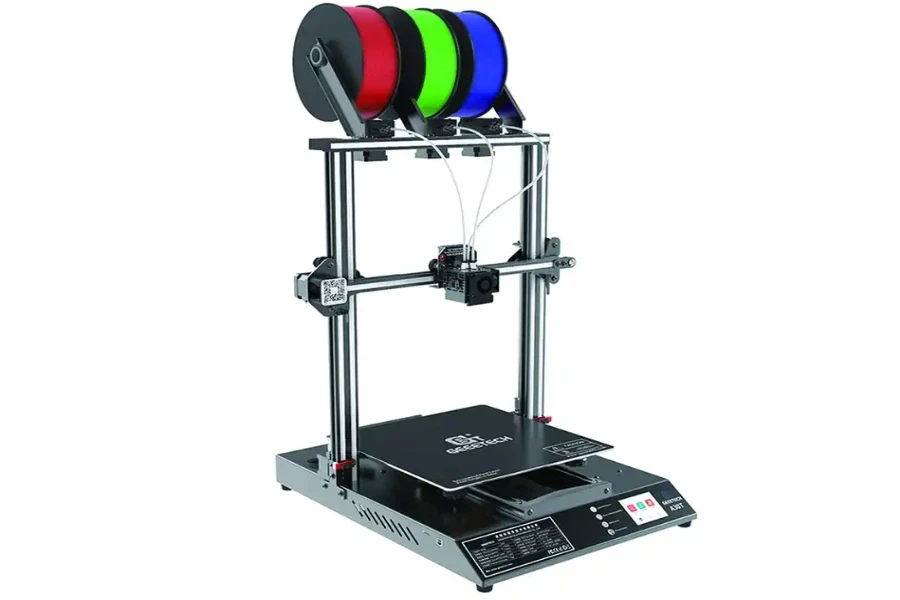
The price of 3D printers for academic use varies widely depending on brand, quality, and type. Entry-level printers can range from US $200-500. These models are suitable for novices and study room settings. Mid-level printers with extra capabilities and large build volumes fall between US $800-2,000, catering to more complex prints. Finally, high-quality academic 3D printers with advanced abilities, such as larger build volumes, better resolutions, and multi-cloth compatibility, can surpass US $5,000.
2. Application
Understanding the precise academic application that the printer will be required to deliver will determine which 3D printers you should buy. In academic settings, 3D printers are helpful in teaching STEM concepts, generating prototypes for numerous fields, and fostering hands-on studying experiences. A printer with high resolution and precision may be essential if the intention is to educate on design topics. Meanwhile, if it will be predominantly used STEM initiatives, a balance between price, ease of use, and fabric compatibility may be of greater importance.
3. Material compatibility
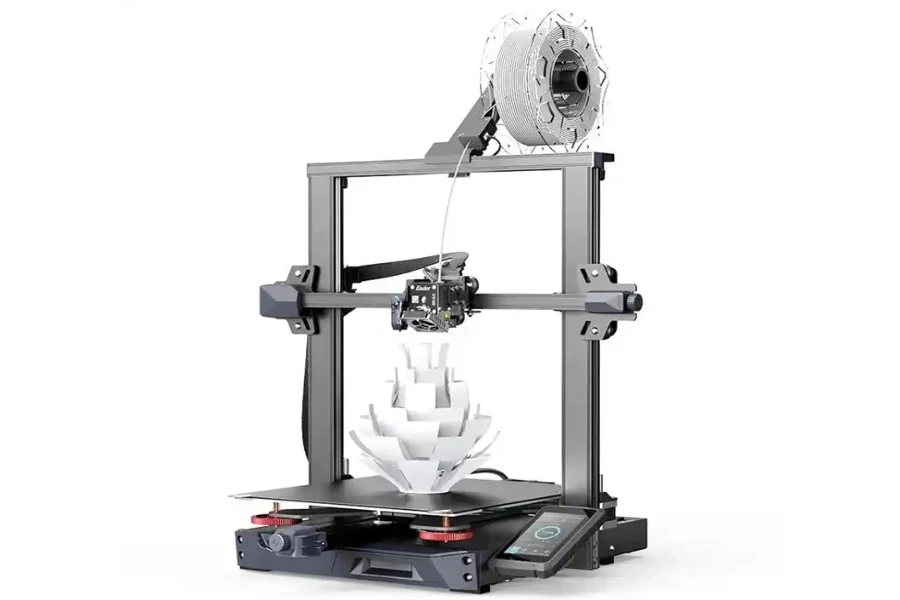
Different educational initiatives demand varied materials. Entry-level 3D printers tend to use PLA and ABS. However, depending on the complexity of printing required, it may be that more advanced substances like PETG, TPU, or even composite materials with enhanced houses are needed. Assessing material compatibility guarantees that the printer will accommodate vital substances for various teaching initiatives.
4. Printing space
The printing space, or build quantity, dictates the maximum length of objects that can be printed. Entry-level 3D printers provide smaller construct volumes of around 6x6x6 inches, appropriate for basic tasks. Larger build volumes can often produce objects that exceed 12x12x12 inches, catering to extra big and more complicated prints.
5. Resolution
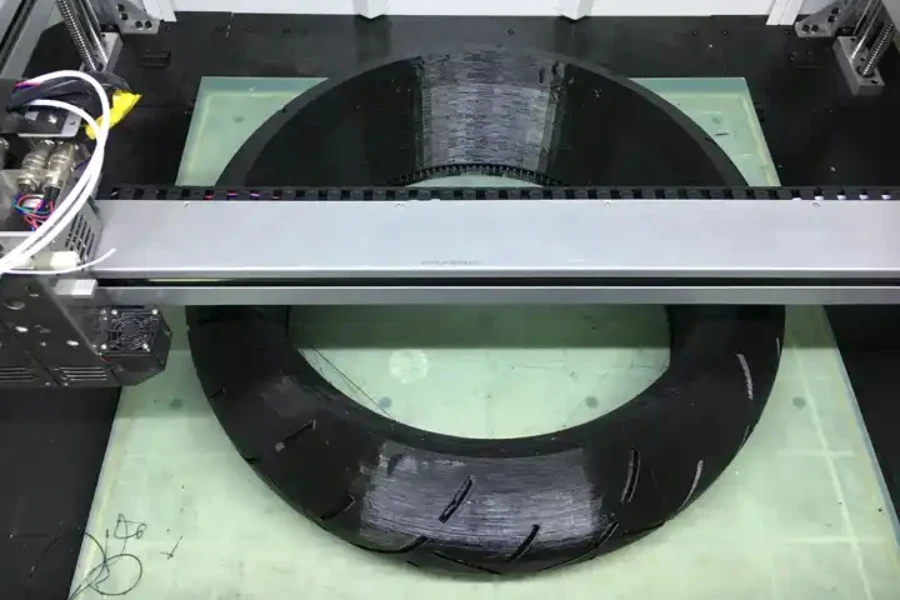
Resolution determines the level of detail the printer can achieve. Entry-level printers may offer resolutions of around 100 to 200 microns (0.1 to 0.2mm), while better-quality models can attain finer resolutions of 20-50 microns (0.02 to 0.05mm). A higher resolution is beneficial for distinct designs and models that require intricate detailing, making it vital that the type of printer selected reflects what it will need to be used for in the academic setting.
6. Speed
Printing speeds vary based on factors such as complexity and selected settings. Entry-level 3D printers tend to print at speeds of around 40 to 150mm per second. Industrial-grade 3D printers can exceed 500mm in a second, but higher speeds might compromise print quality. Balancing quality and pace is vital, especially in educational settings where efficiency and high-quality prints are required.
7. Quality
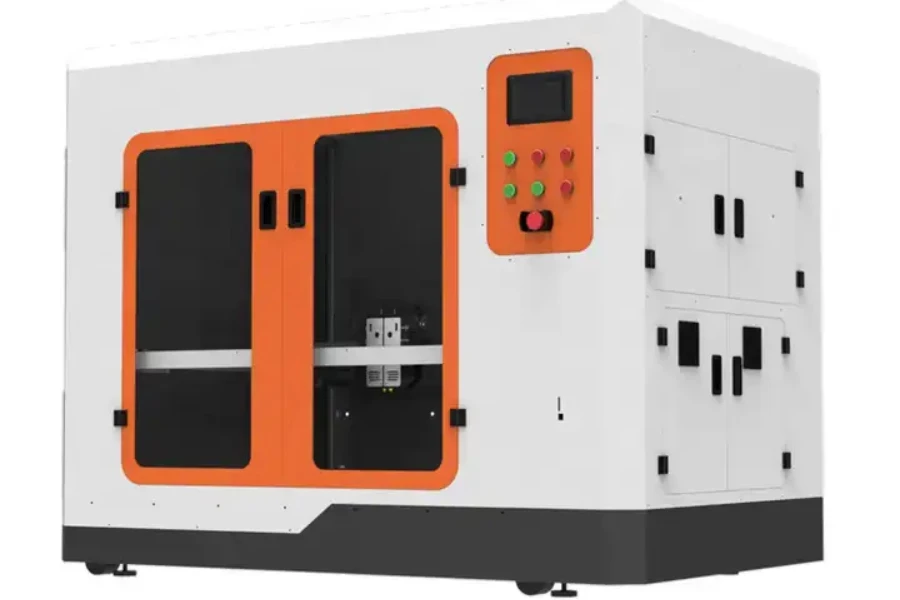
Satisfaction with a print will depend on its accuracy, surface finish, and structural integrity. More advanced printers tend to provide smoother finishes, higher accuracy, and sturdier prints but often come at a higher cost. Evaluating the balance between print quality and the educational requirements is essential to ensuring the selected printer aligns with the mastering goals.
Summary
Selecting the best 3D printer entails paying close attention to a number of different factors, including cost, material compatibility, and the required academic applications, which will in turn dictate the printer’s capabilities regarding STEM initiatives, design standards, or preferred curriculum integration.
No matter what type of educational 3D printer you require, you’re bound to find it among the thousands of options available on Alibaba.com.




